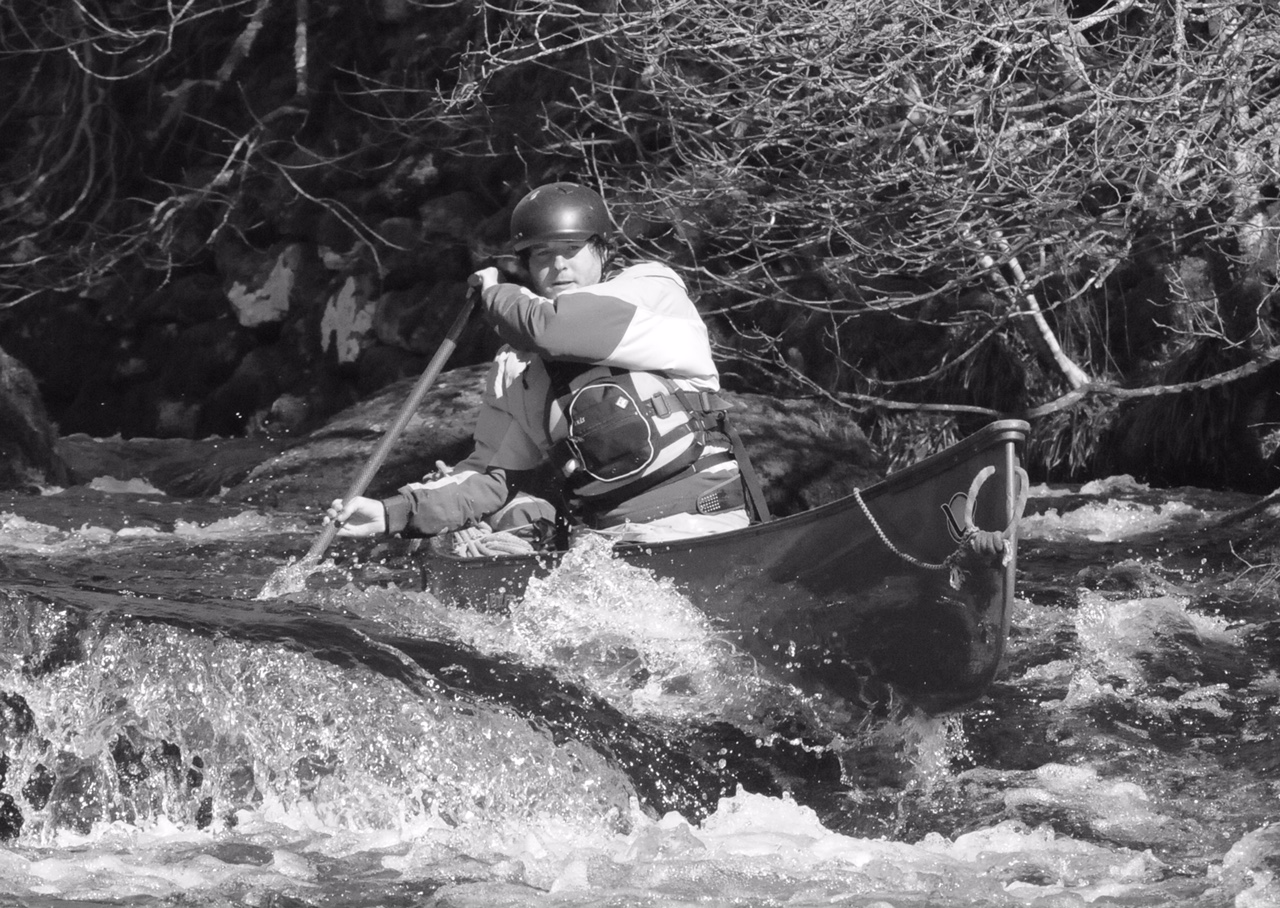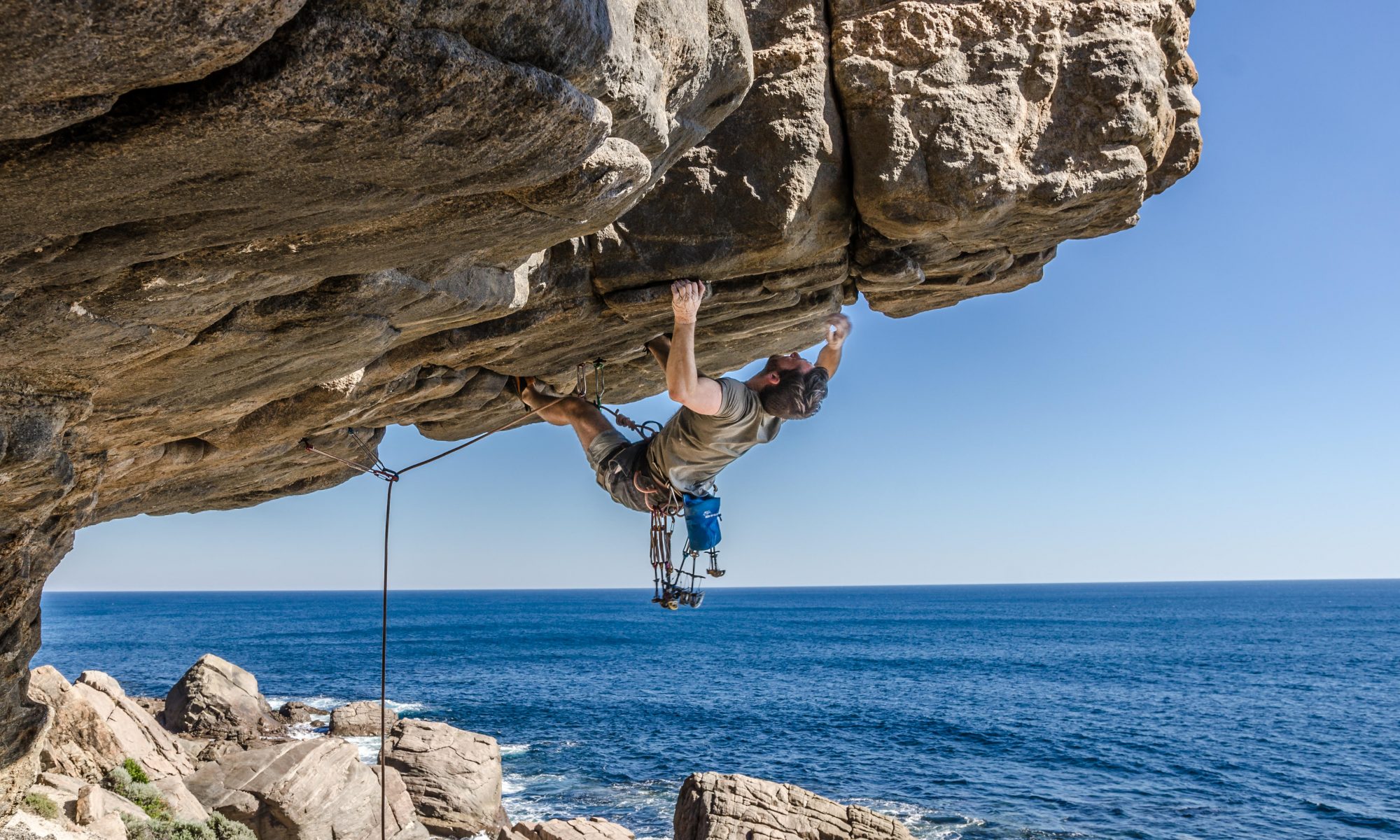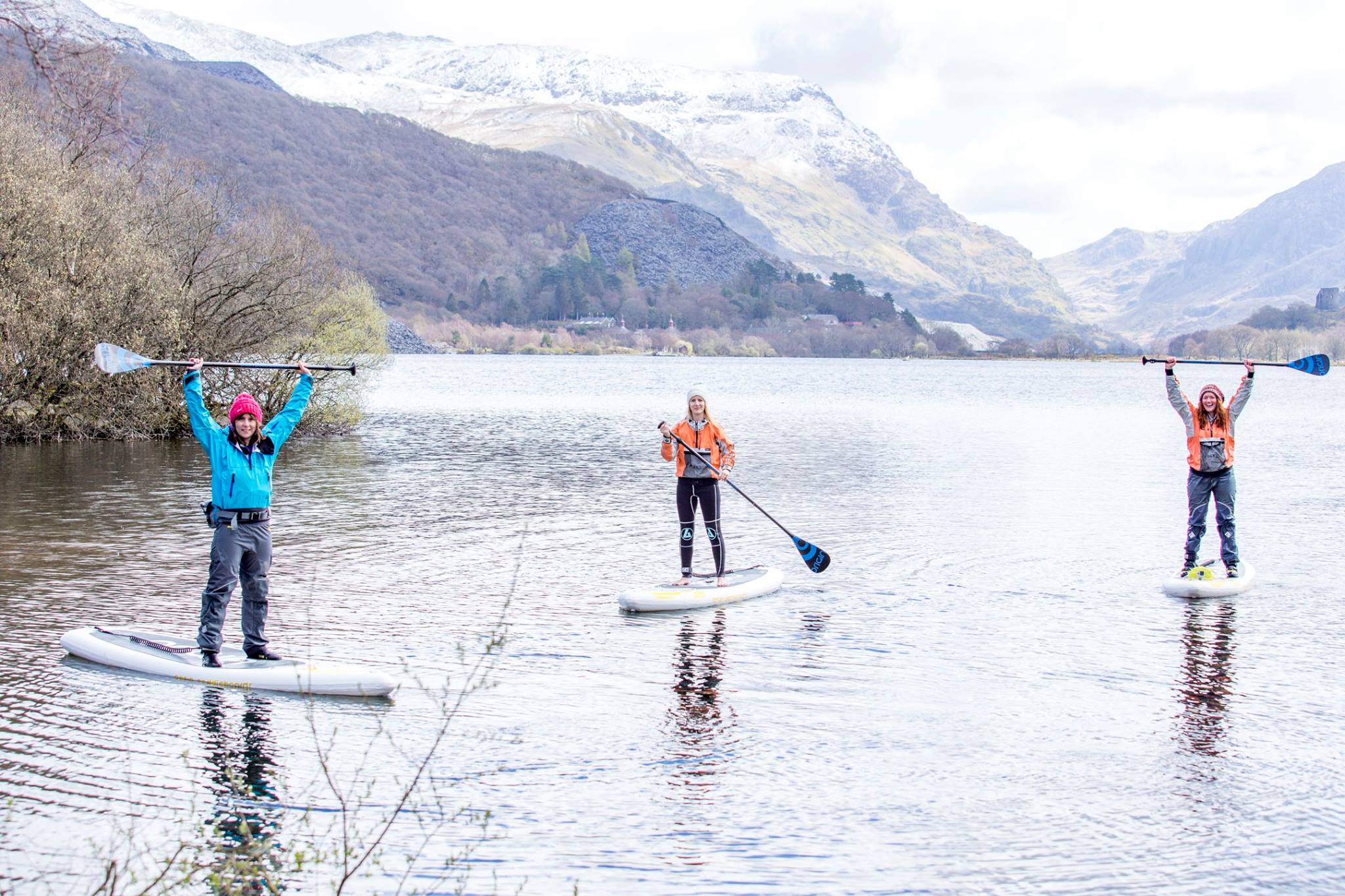
Photo by Lizzie Canoe
Motivating others
I think it is safe to assume that those of us who coach, lead or instruct other people would like them to leave each session they have with us feeling happy. Buzzing even. Keen to come back and do more with us. Motivated to go and practice what they have learnt, and enjoy it in their free time. I also think that we would all like to be able to influence our own motivation too. We would like to recognise elements that are supporting or thwarting our motivation and be able to change them or at least understand and accept them.
The statistics available on regular participation in sports make rather sobering reading, and numbers are consistently lower for women and girls, and minority groups. According to a Sport Wales statement from 2017, “Currently 576,000 women in Wales report not participating in any form of activity, while just over half (54%) of women say they’ve done at least one sporting activity in the last four weeks compared to 63% of men. Research shows a lack of confidence, fear of judgement, a perceived inability or no one to go along to something new with are common factors that prevent women and girls from getting more active”10. Can we, as practitioners, have any influence on the motivation and continued participation of those do come along to our sessions? Are we able to help increase the number of people who will get hooked on our sports and continue to participate long term, including ourselves?
My interest in motivation was particularly influenced by the way my son responded to the learning environments he experienced when he was young. At the age of eight, he asked if he could go to the local canoeing club with his best friend from school. I thought it was a great idea. He had played for years in boats with me and really enjoyed it, surely it would be so much more fun with his friends! I went to pick him up after the club session expecting a happy excited little boy. But he had hated it. When I asked him why, he told me that canoeing was boring; they were not allowed to play like he did with me, they didn’t let him do the things that he was good at, or be with his friend. Not only did he not go back to the club, but he also lost interest in coming to boat with me too. Continue reading “Motivation Part 1. How can we create optimal learning environments?”



 Needs-supportive coaching behaviours have an impact on motivation. Sian of ‘Psyched Paddleboarding’ coaching on the beautiful Llyn Padarn. Photo by ‘Two For Joy Photography’.
Needs-supportive coaching behaviours have an impact on motivation. Sian of ‘Psyched Paddleboarding’ coaching on the beautiful Llyn Padarn. Photo by ‘Two For Joy Photography’.
